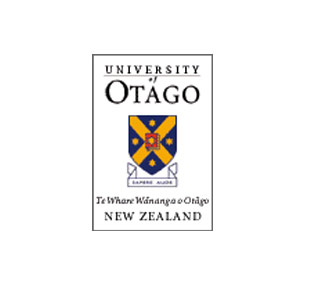
Claimed to be novel research, it was mentioned that the compound tested on mice re-activated neurons in the brain responsible for limb function. These neurons initially appeared to be dead or dormant after a stroke. The compound was provided through a slow-release pump implanted under the skin for over a six week period. The treatment initiated on mice three days after the stroke event in human terms may equate to about three weeks. Experts gave the treatment only after the initial stroke event was over and the damaged areas surrounding the stroke site had entered a state of dormancy.
“When the compound is given, the dormant neurons fire up again and that leads to telling your limbs to work. At the moment we know this works on gross motor skills, and whether the compound would also lead to greater use of fine motor skills associated with speech, for example, we will hopefully know within the next two years after further research. This also provides hope for those with traumatic head injuries – the brain mechanisms of repair are similar so there is potential for this to work for them too,†added Dr. Andrew Clarkson, study co-author, University of Otago research fellow from the Department of Psychology, Anatomy and Structural Biology.
On completion of six weeks it appeared that the drug compound restored mobility of the limbs and mice subjected to the compound consistently regained an extra 50 percent gross motor limb mobility. Furthermore, these mice gained 10 to 15 percent more motor function than those not treated with the drug compound. If positive results are achieved by the trail conducted on humans, the findings may have great significance for patients with ischemic stroke.
The research was published online in Nature.
